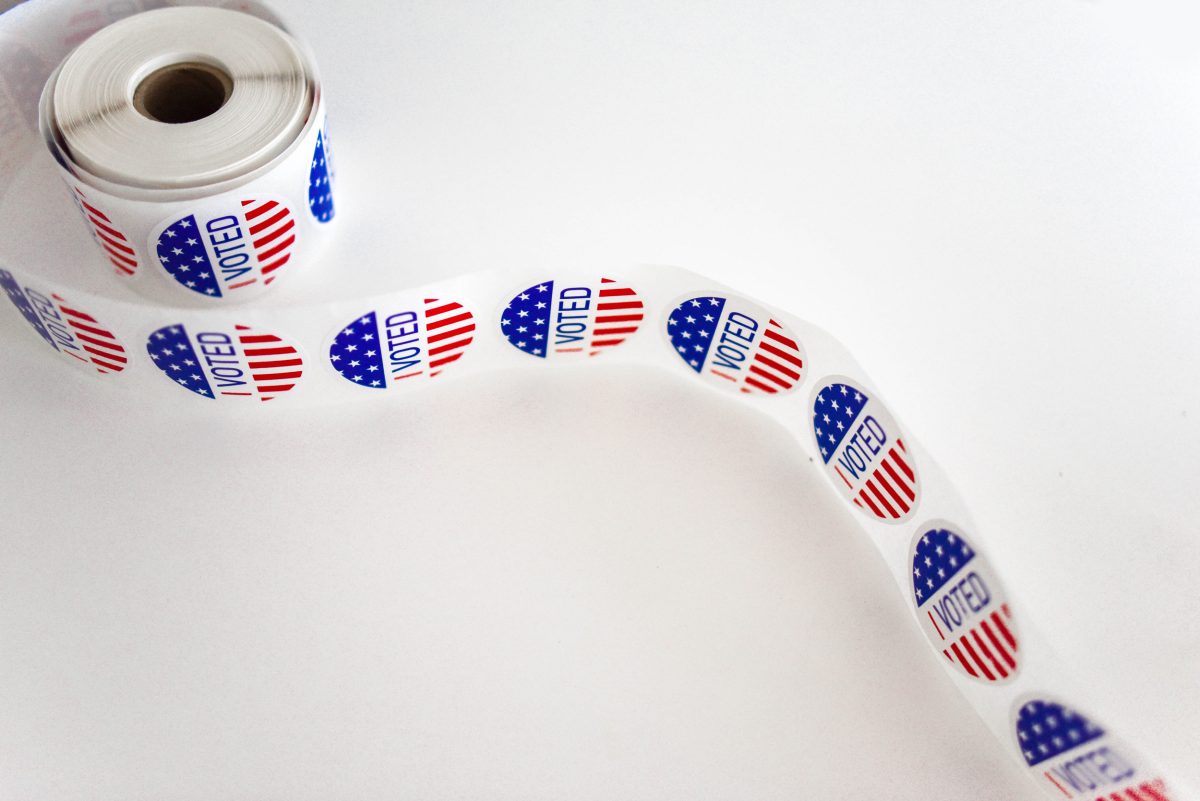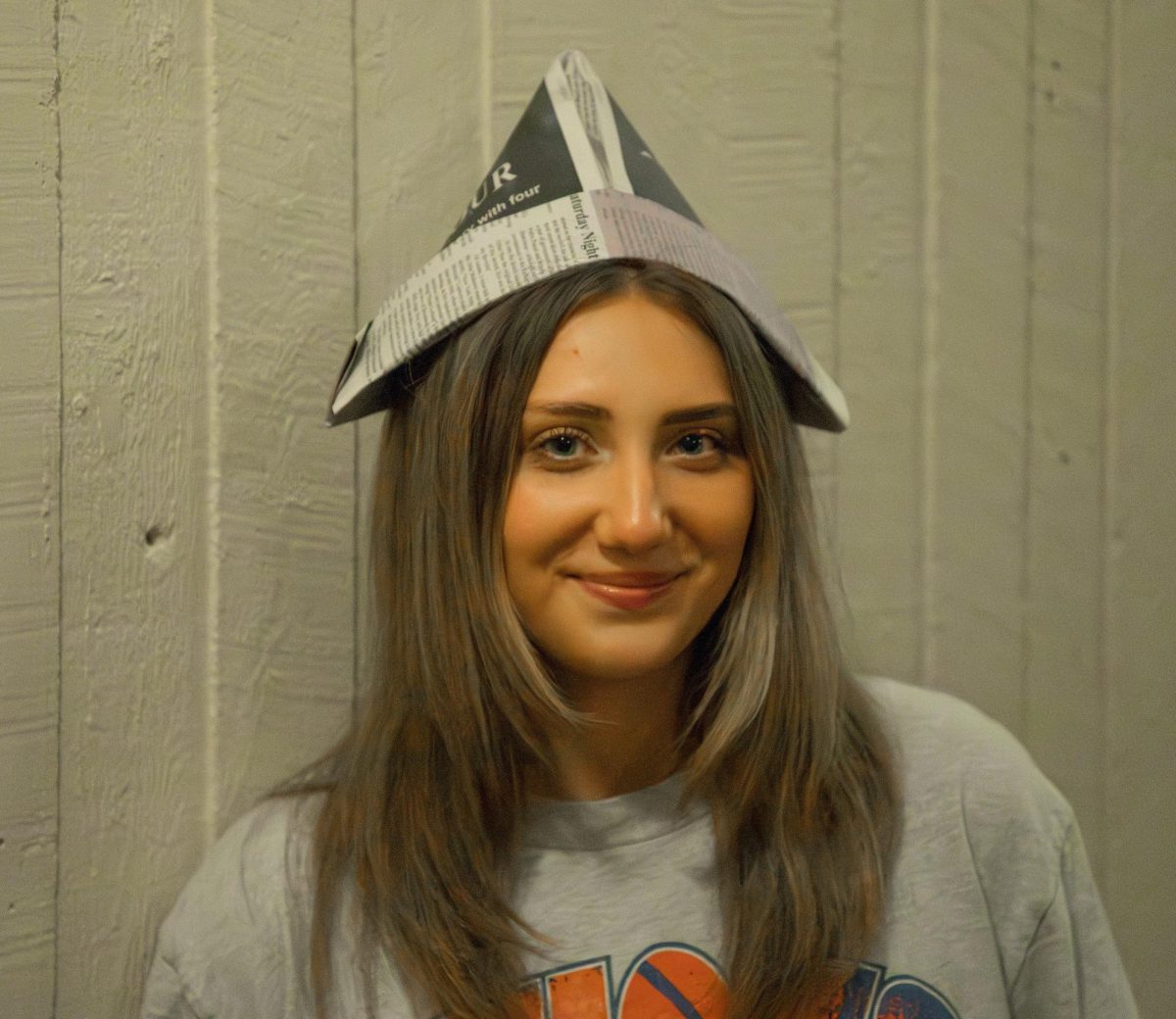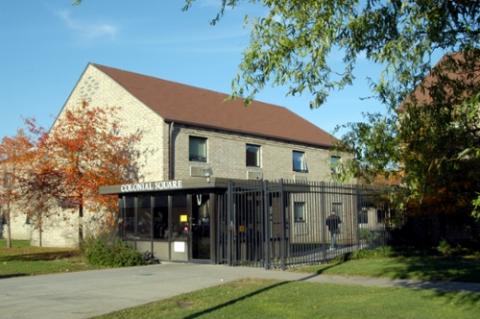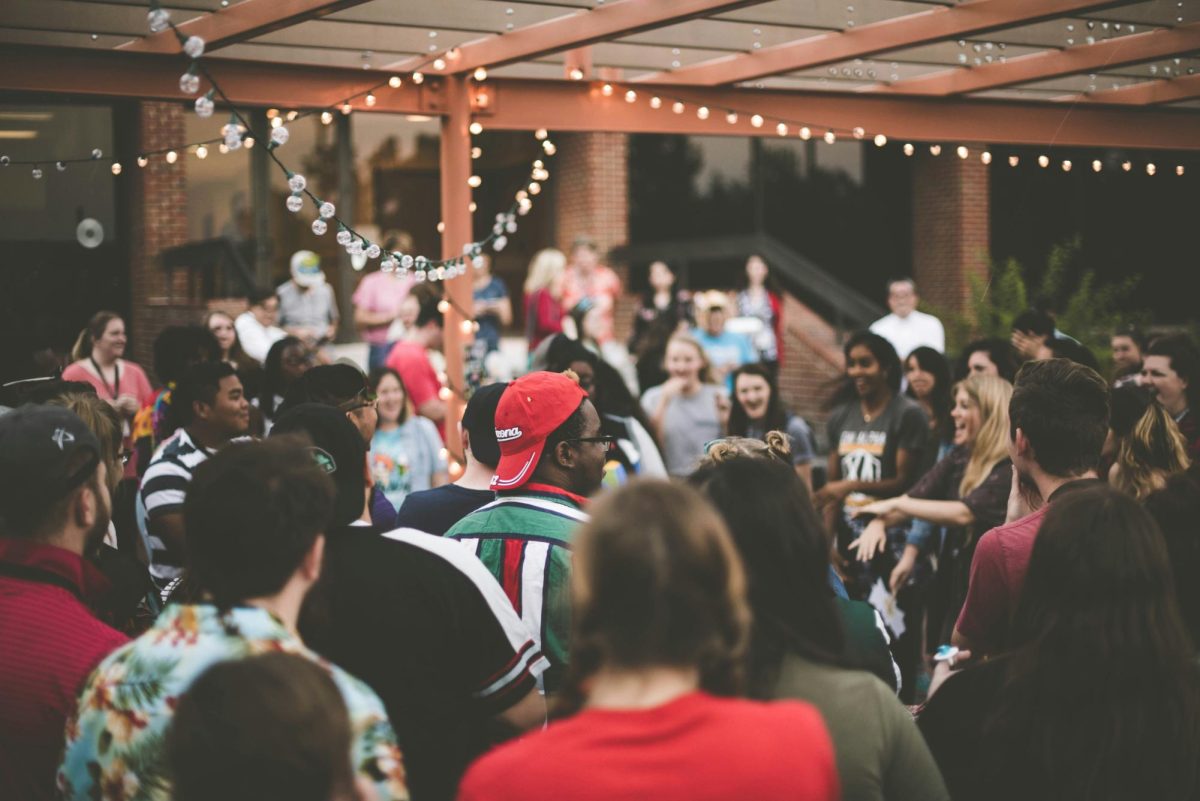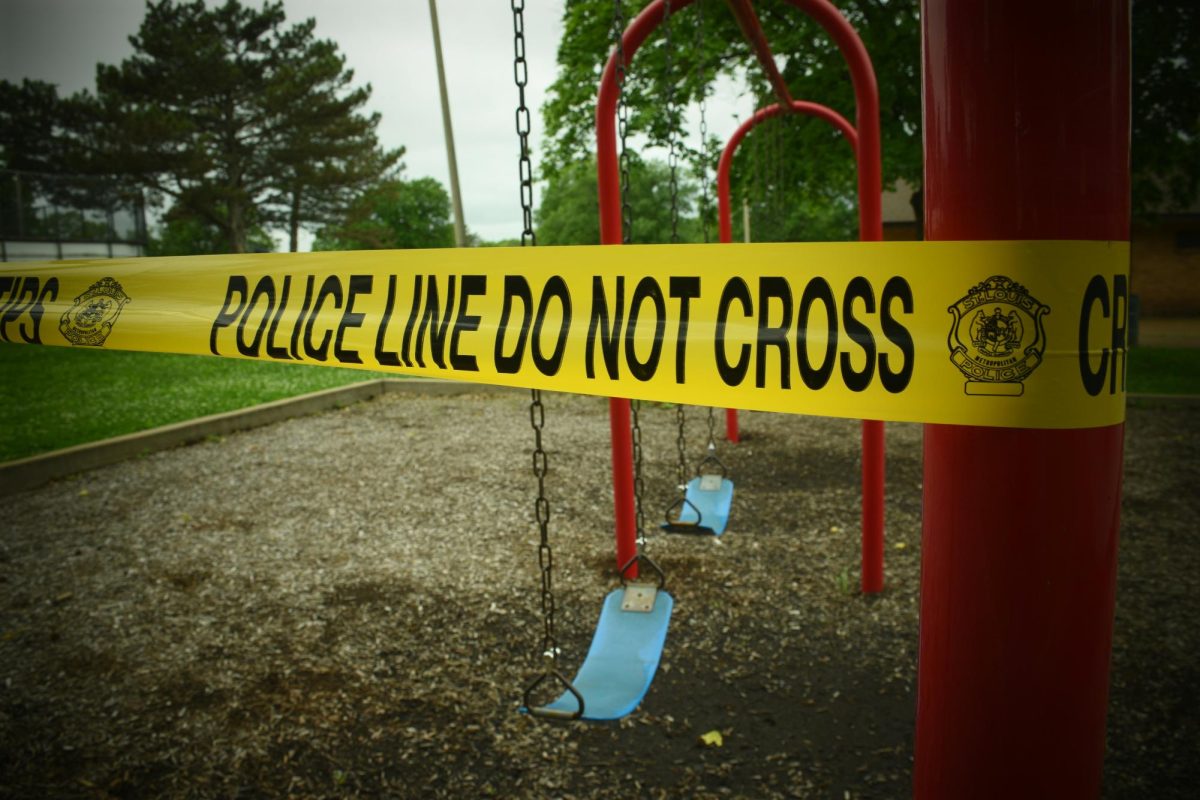On Monday, Feb. 3, the nation held its breath as the Iowa caucus went underway. Iowa, a small midwestern state, was the first barricade to the finish line: the Democratic party’s endorsement for the general election. With this nomination, candidates have the chance to tackle the be-all-end-all of political rivals: the Republican incumbent, Donald J. Trump. Luckily for candidates and party officials, the Iowa caucus system is efficient and streamlined – just kidding.
The Iowa caucus seems like one solid vote but is actually thousands of town meeting-esque events. The caucus structure employs an odd mixture between the traditional primary and rank-choice voting systems. Basically, caucuses incorporate electability and popular choice into the same concept. Think of the physical caucus event, or precinct, as a neighborhood meeting that weeds out less popular candidates. It’s most likely a high school cafeteria, gym or any space that can fit lots of community members and lots of political chaos.
When the caucuses start, the number of eligible voters is taken. Then, people walk over to corners of the room where representatives of each candidate are situated. Candidates must have 15% of voters in the caucus to reach the viability threshold, which locks in their votes. After voters sign a preference card for their viable candidate, they can leave. When a candidate is deemed unviable, however, supporters can move to another side of the room and choose a different candidate. This process is called alignment, and there are two alignments before the caucus chair declares the results. Then, delegates are assigned proportionate to the amount of votes a candidate gets in all 1,681 of Iowa’s precincts. The delegates from each Iowa county are shuffled through the bureaucracy to the national delegate equivalents, of which a candidate needs 1,991 to win the nomination on the first ballot.
If you think this is a discombobulated entanglement of counting and delegating, you are not alone. This year, the Iowa caucus had a disappointing turnout, coming in at only 176,000 caucusgoers. For comparison, in 2008 the turnout was 238,000.
I think of the caucus’ prime in the mid-to-late 20th century, days when Americans had engaged in record amounts of civic activity. Of course, even back then, those Americans were the white and wealthy who could spare a day to perform their civic duties. Today, it’s hard for people to skip a day of work or school; 78% of American workers are living paycheck to paycheck, according to Forbes. Good generational representation even becomes questioned when wealth gaps are even more problematic among age demographics: If millennials are to catch up to Gen Xers’ value, they would have to triple their wealth in just four years. Overall, spending an evening in a room getting into awkward political fights with your neighbors is increasingly difficult to do. This is in part due to the decreasing civic engagement of America as a whole, a sociological phenomenon which is related to lack of associational membership and civic participation. The stereotype that only old people vote on election day has not been around forever, it’s a mixture of wealth disparity and generational values.
Along with the timber box of bureaucracy that is the Iowa caucus, there was the added element of scandal on Monday, Feb. 3. An app designed by a firm called Shadow was used to litigate the different roles of caucus-goers. To the dismay of the Iowa Democratic party, the app experienced difficulties and was responsible for multiple delays in the release of the results. The media frenzy to follow would lead to public delusion and pressure on the Iowa Democratic party, spinning the news cycle into a broken record.
The political circuses of the past couple weeks could have been circumvented had Iowa and the rest of America come to the realization that caucuses do not work in the 21st century. It is an overly complicated and odd system that eminently topples over in voter and campaign chaos.
Daniel Cody is a freshman journalism major from Pennsylvania who writes about politics.

